Ellie is a PhD. Researcher and Environmental Engineer/Scientist with over ten years experience as an environmental consultant. Ellie received her B.Sc in Environmental Engineering from Tehran Environmental University, Iran, in July 2004 and Bachelor of Environmental Science from Azad University, Science and Research Branch, Tehran in March 2016.
Ellie is working on Microplastics Characteristics, Migration, Accumulation, Serving as Vector and Media for Contaminants and fate of MPs in landfill leachate under the supervision of Prof Abdelmalek Bouazza (principal supervisor) and Prof Mark Monroe Banaszak Holl (associate supervisor) from February 2021.
Her M.Sc. research was waste-to-energy, calculating and implementing Methane emission potential &extractable energy of solid waste landfill, LandGem modelling – producing 2MW electricity led to a 50% CO2 emission reduction (Halghe Dareh landfill).
Ellie’s area of expertise is in waste management and landfill design and auditing, and environmental consulting within a broad range of industries and applications, including due diligence, statutory compliance, EES, EMS and EMPs, contaminated land & site with private and public centres in various industries (oil& gas, petrochemical, mining, automotive, pharmaceutical, food, construction, cement, wind and solar farm).
She has valuable extensive working experiences with roles in numerous environmental development projects, waste management and landfill audit and environmental and sustainability management. She has years of experiences as an Environmental Consultant with EPAWM, RSA and KWM consultancy companies in Iran (Tehran). After moving to Australia in 2016, Ellie joined GHD (Melbourne) as an Environmental Engineer and worked with waste management and landfill audit and environmental and sustainability audit team. Also, Ellie has valuable experiences as a Senior Professional Environmental Scientist with AECOM (Melbourne) regards to working on environmental projects with both Geoscience & Remediation Services and Impact Assessment & Permitting team.
Ellie enjoys reading books, playing tennis, travelling to unknown places, camping and the outdoors, spending time with her friends, music, movies, series.”




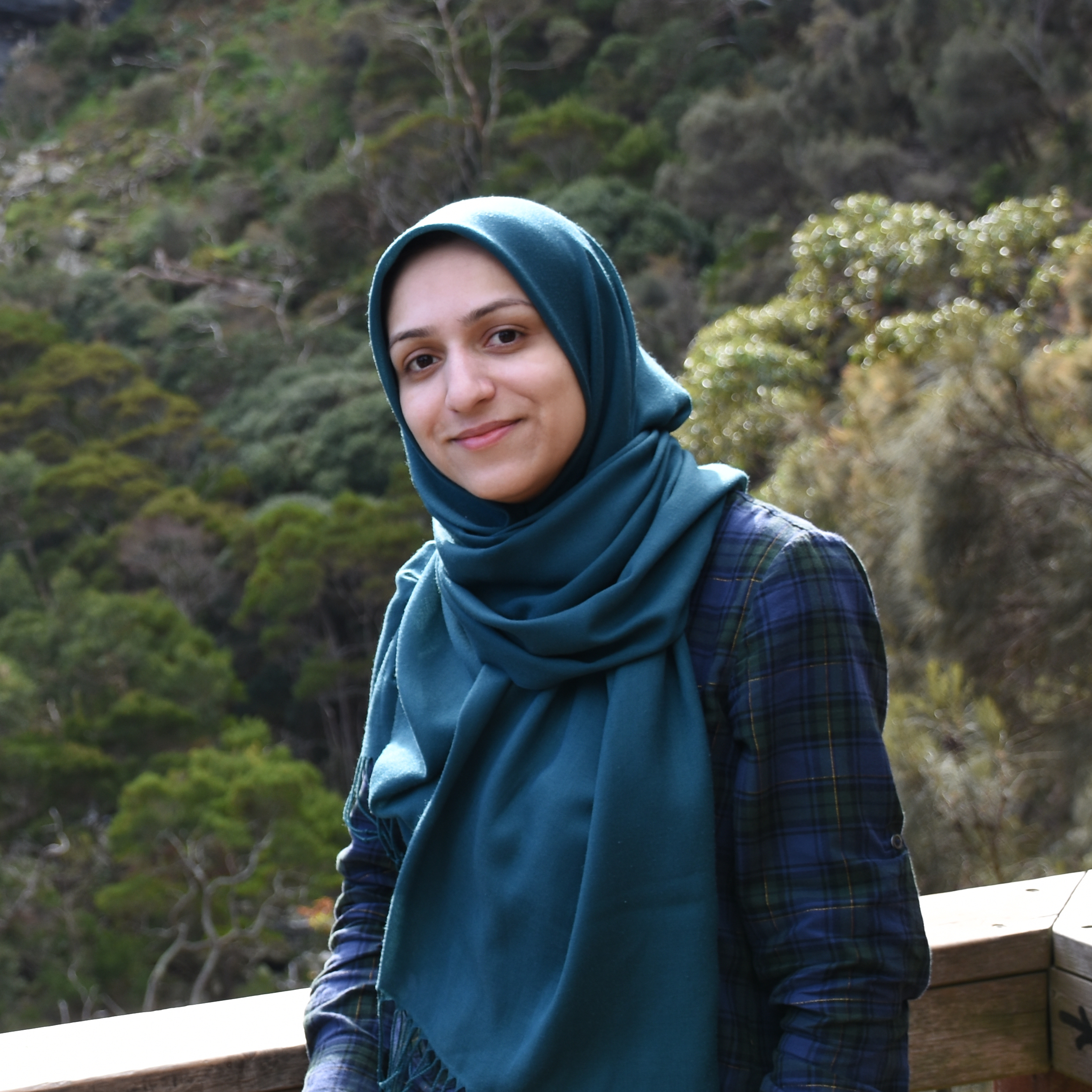





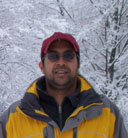
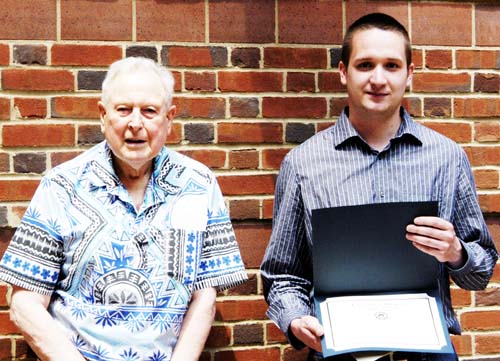

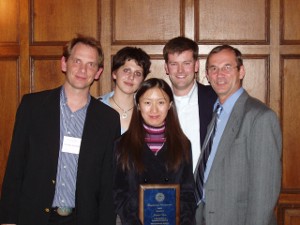 In October 2006, Jiumei won the prestigious Mayaterials Incorporated Award in recognition of her academic excellence in the Macromolecular Science and Engineering Center. The award was presented at the banquet of the annual symposium. In the 2009, Jiumei won the Distinguished Achievement Award from the Macromolecular Science and Engineering Program.
In October 2006, Jiumei won the prestigious Mayaterials Incorporated Award in recognition of her academic excellence in the Macromolecular Science and Engineering Center. The award was presented at the banquet of the annual symposium. In the 2009, Jiumei won the Distinguished Achievement Award from the Macromolecular Science and Engineering Program.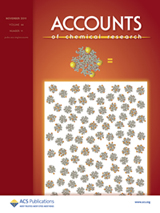
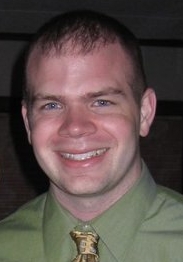

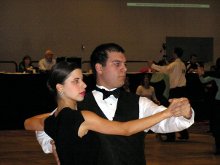
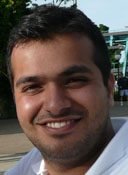
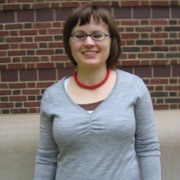
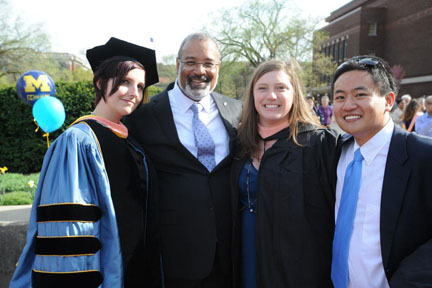
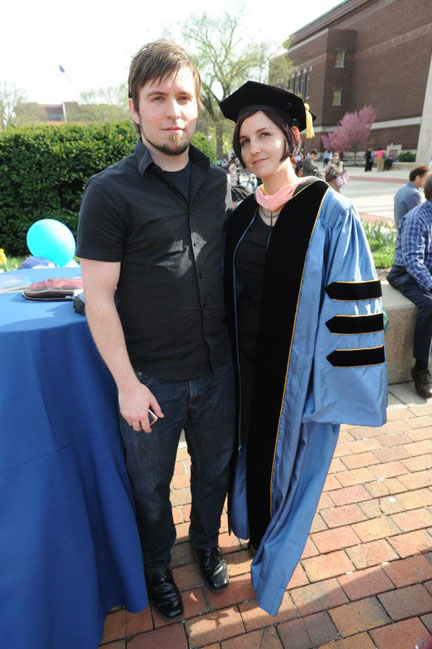
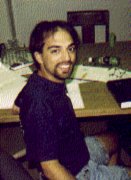
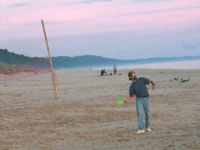 Jeff Bartolin received his B. S. in chemistry from
Jeff Bartolin received his B. S. in chemistry from